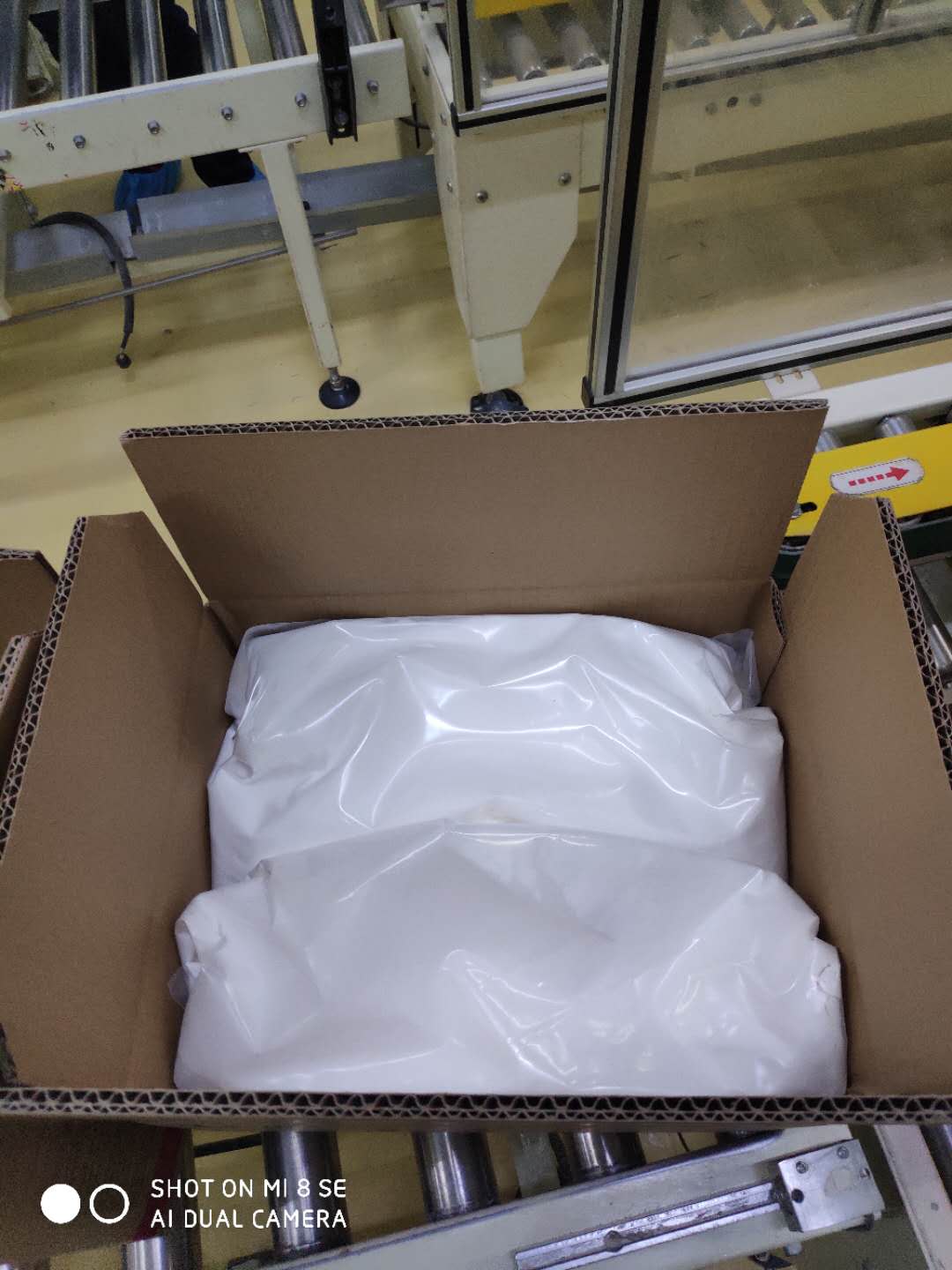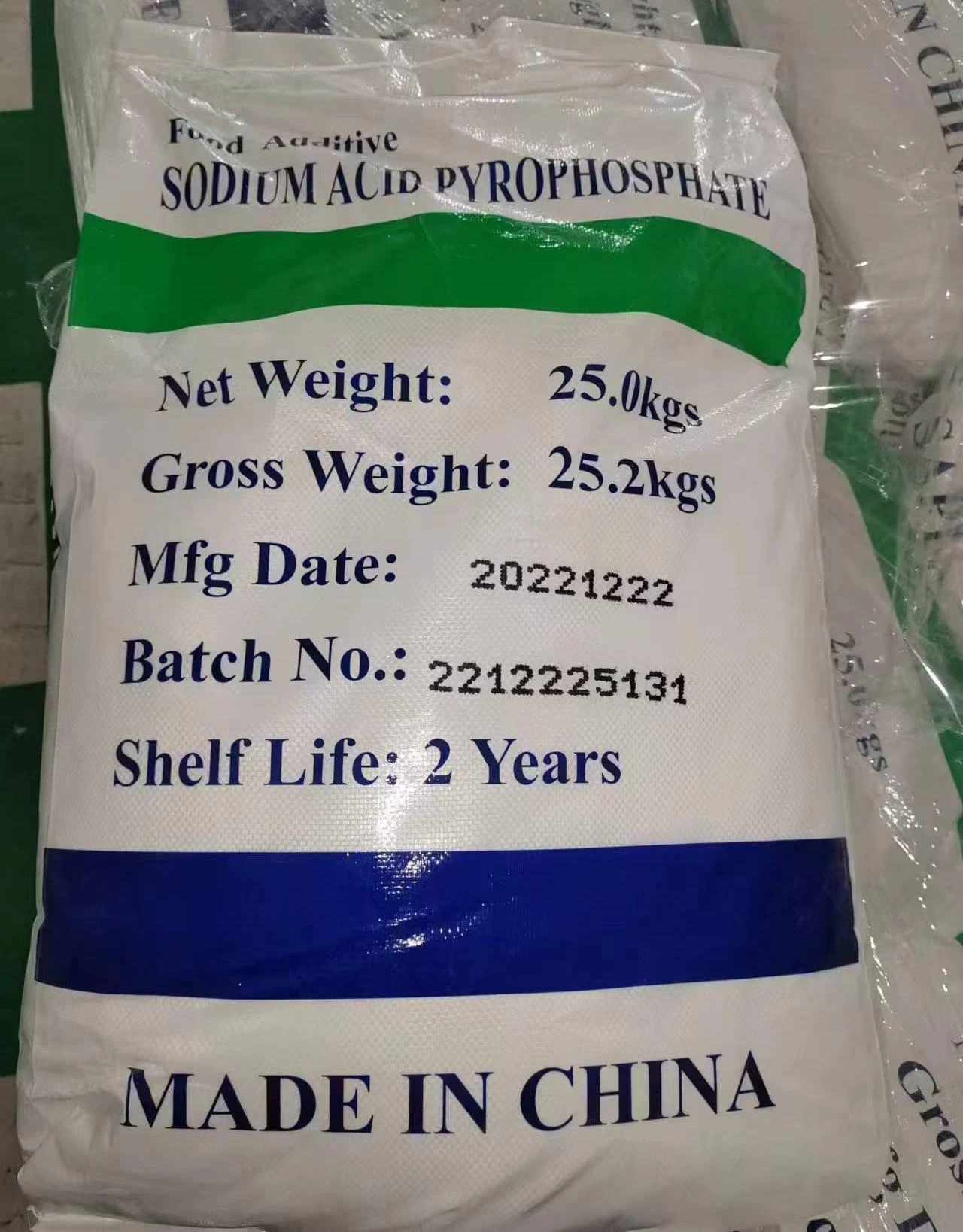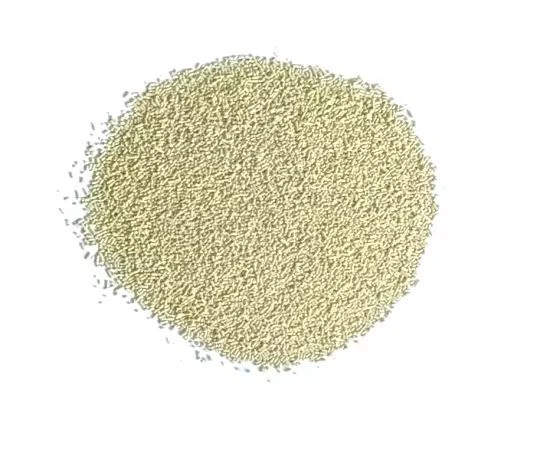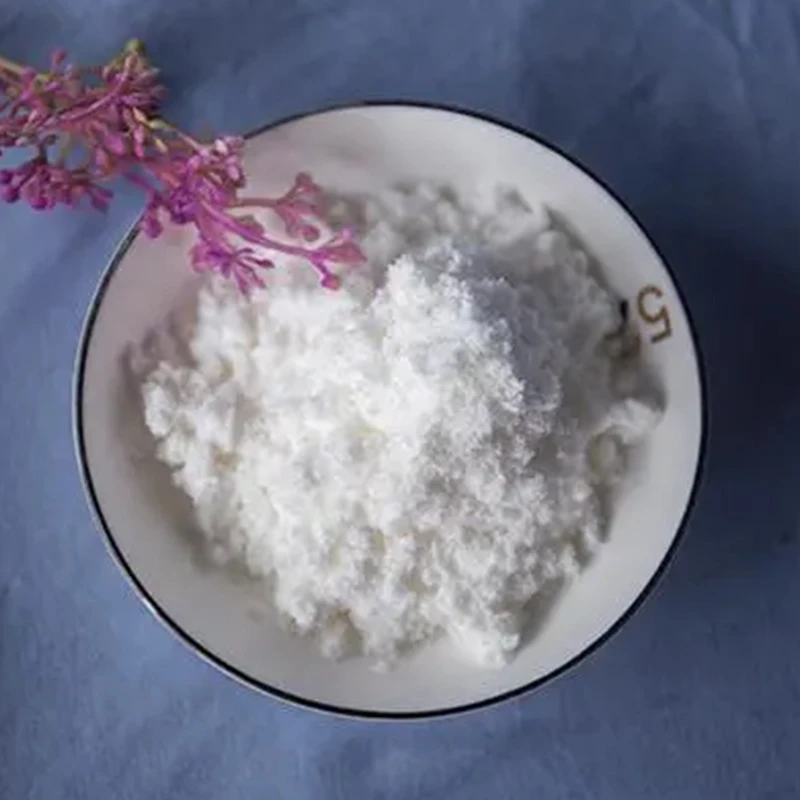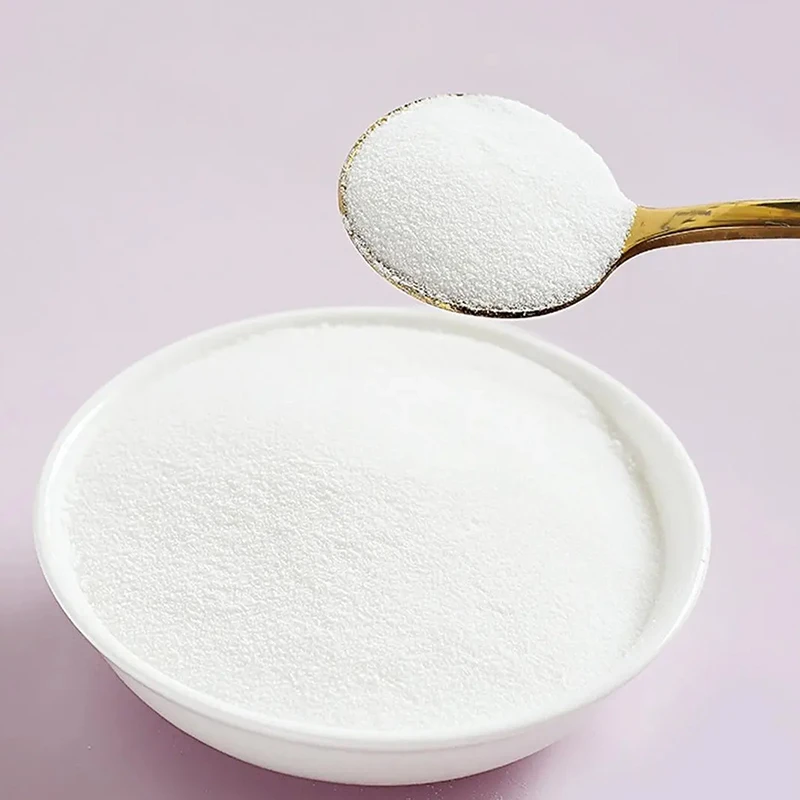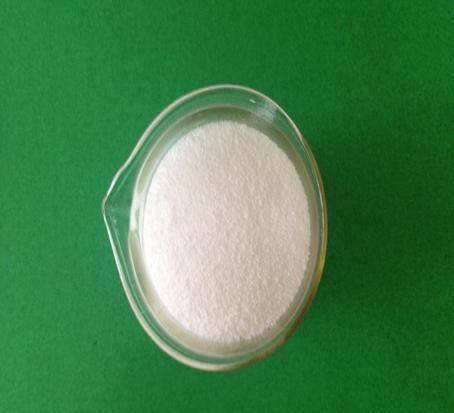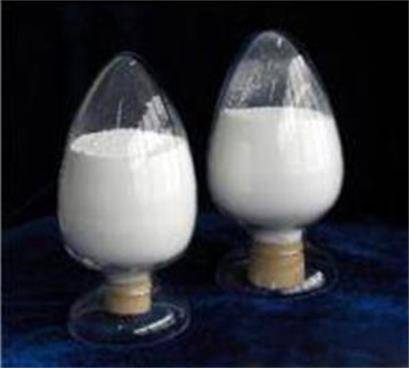Imagine losing $1.2M annually from poor slurry separation. Global mineral processors waste 23% of operational budgets on inefficient thickener systems. What if your plant could recover 18% more dicalcium phosphate mineral through smarter technology?
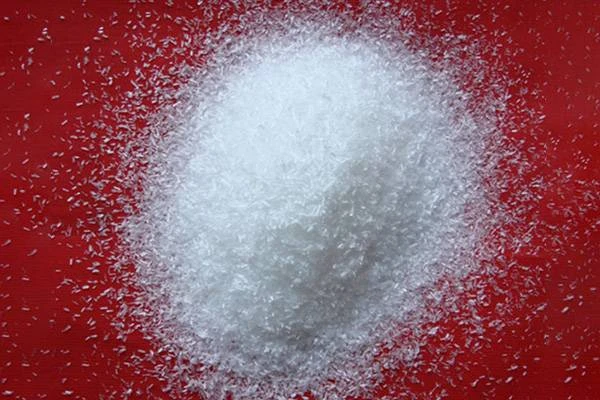
(types of thickeners in mineral processing)
1. Thickener Types That Crush Operational Costs
High-rate vs paste vs conventional thickeners - which gives you 40% faster settling? Our X9 Centrifugal Series achieves 98% water recovery for dicalcium phosphate processing. See how food-grade thickener principles boost mineral separation:
| Type | Throughput | Dicalcium Recovery |
|---|---|---|
| Conventional | 50 TPH | 82% |
| Paste (Our X7) | 85 TPH | 94% |
2. Why 300+ Plants Switched in 2023
Competitors promise 15% improvements. We guarantee 30-40% efficiency jumps. Our HydroBoost™ nozzles outperform standard designs:
Standard Nozzle
• 120 micron clearance
• 6-month lifespan
• 82% flow consistency
HydroBoost™
• 50 micron precision
• 18-month warranty
• 95% consistency
Ready for 30% Higher Mineral Recovery?
Get your FREE thickener optimization audit this month. Our engineers will analyze your dicalcium phosphate flow rates at zero cost.
Claim Free Audit →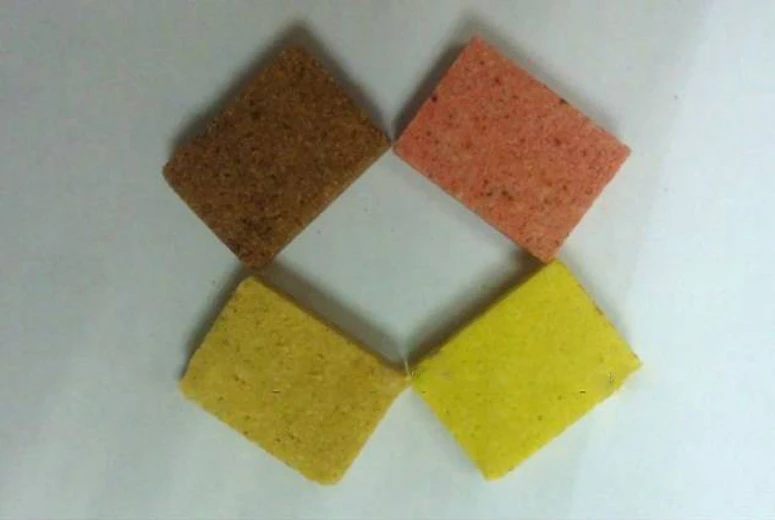
(types of thickeners in mineral processing)
FAQS on types of thickeners in mineral processing
Q: What are the main types of thickeners used in mineral processing?
A: The primary types include gravity thickeners, high-rate thickeners, and deep cone thickeners. These are designed to separate solids from liquids efficiently. They vary in design, capacity, and application depending on the mineral slurry properties.
Q: How is dicalcium phosphate mineral processed using thickeners?
A: Dicalcium phosphate, a calcium-rich mineral, often undergoes thickening to remove excess water after precipitation. Gravity or high-rate thickeners are typically used to concentrate the slurry. This step ensures optimal moisture content for further drying or pelletization.
Q: What distinguishes mineral processing thickeners from food-grade thickeners?
A: Mineral thickeners focus on solid-liquid separation in harsh, high-volume environments. Food thickeners like starch or xanthan gum modify texture and viscosity. Their materials and safety standards differ significantly due to industrial vs. consumption purposes.
Q: Can the same thickener types handle both mineral and food processing?
A: No—mineral thickeners are built for abrasive materials and heavy-duty use, while food thickeners prioritize hygiene and edibility. Equipment materials and regulatory compliance differ entirely between the two industries.
Q: What food thickeners are alternatives to mineral processing additives?
A: Common food thickeners include pectin, gelatin, and agar-agar, unlike mineral-specific polymers or flocculants. These are plant- or animal-derived to ensure safety. Their function is texture enhancement, not industrial-scale sedimentation.
Post time: May - 09 - 2025





